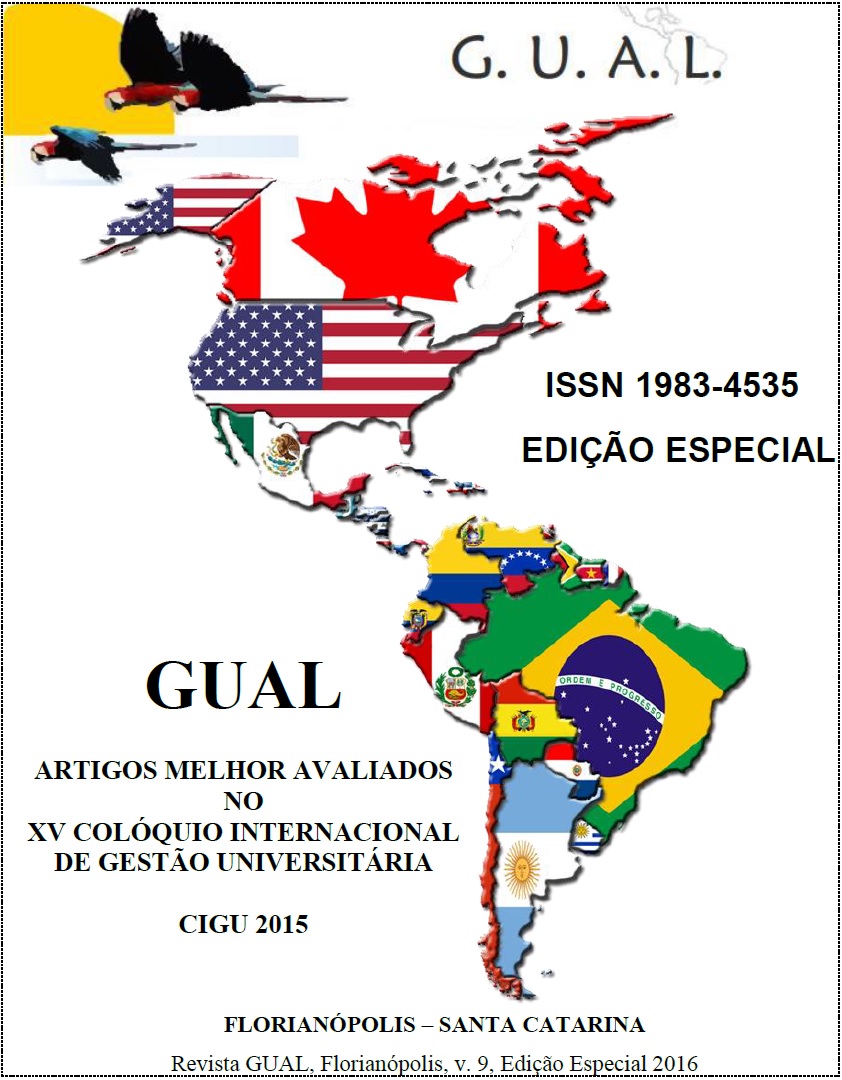Distance education: a statistical analysis of factors related to evasion and permanence
DOI:
https://doi.org/10.5007/1983-4535.2016v9n4p26Abstract
The biggest challenge that the organizations face today is related to the adoption of appropriate measures to deal with the high speed of innovation. Distance Education, with the use of new information and communication technologies (ICT), has enabled access to a growing number of people. One of the frequently cited advantages of distance learning is to allow students to study wherever they are and at their most convenient time. Combining this freedom with the use of increasingly faster computers and the development of new apps, leads to the growth of distance education. However, this expansion and the use of technologies by itself are not able to prevent the occurrence of dropout. To avoid increasing evasion and investigate its causes is a relevant activity to the institutions that have the capacity to provide support to students during the development of its course. To identify the issues that most portray the facilities and difficulties faced by the students in distance education courses, we chose the Exploratory Factor Analysis technique, applied in two categories of students, one made up of the enrolled and graduated students and the other category composed by students who dropped out of the course in a presential support basis in the county of Itabira – MG.
Downloads
Published
Issue
Section
License
O autor transfere todos os direitos autorais do artigo para a Revista Gestão Universitária na América Latina - GUAL, sendo vedada qualquer reprodução, total ou parcial, em qualquer meio de divulgação, impresso ou eletrônico, sem que a prévia e necessária autorização seja solicitada e, se obtida, fará constar o competente registro e agradecimento à Revista.
Os artigos publicados neste periódico estão sob licença: Attribution-NonCommercial-NoDerivatives 4.0 International (CC BY-NC-ND 4.0).



